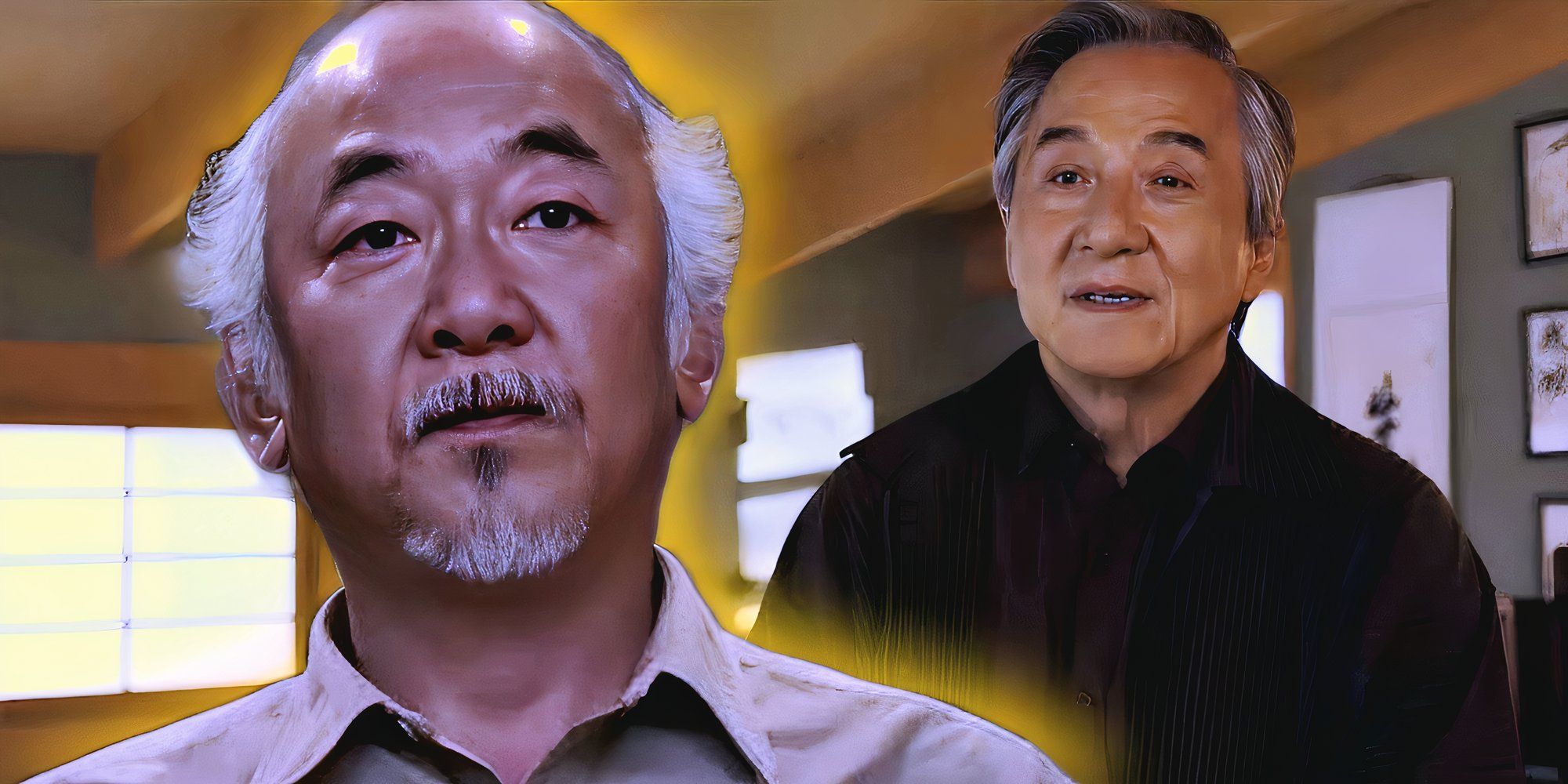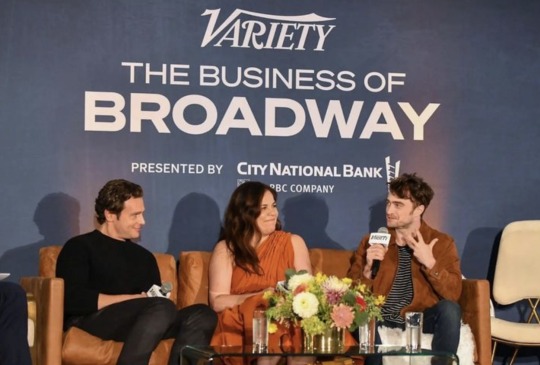Hollywood Production Halts: WGA And SAG-AFTRA Strike Impacts Film And Television

Table of Contents
The Core Issues Fueling the Strikes
The strikes aren't simply about money; they represent a fundamental clash over fair working conditions and the future of creative labor in the rapidly evolving entertainment landscape. Both the WGA and SAG-AFTRA are fighting for better protections and a more equitable share in the industry's profits, particularly in the age of streaming.
WGA Strike Demands: Fighting for Fair Compensation and AI Protections
The WGA's strike is driven by several key demands aimed at addressing the challenges faced by writers in the modern entertainment industry. These include:
- Fair Wages and Residuals in the Streaming Era: Traditional residuals, once a significant source of income for writers, have drastically diminished with the rise of streaming platforms. The WGA is pushing for a fair and equitable compensation model that reflects the value of their work in the digital age.
- Minimum Staffing Levels on Productions: The guild seeks to prevent studios from cutting corners by mandating minimum staffing levels on productions, ensuring writers have adequate support and resources.
- Regulations Around AI Script Generation: The WGA is concerned about the potential for AI to replace human writers and is demanding strong safeguards against the use of AI in script creation. This includes clear guidelines on the use of AI-generated content and appropriate compensation for writers whose work is used to train AI systems.
The WGA represents over 11,500 writers, and the economic impact of their strike is already substantial, with numerous television shows and films indefinitely postponed. Estimates suggest billions of dollars in potential losses for studios.
SAG-AFTRA Strike Demands: Ensuring Fair Wages and Protecting Actors from AI
SAG-AFTRA's strike shares some common ground with the WGA's concerns, focusing on fair wages and residuals in the streaming era. However, they also highlight specific issues impacting actors:
- Improved Health Insurance and Pension Plans: The union is fighting for stronger benefits packages to ensure actors' financial security, particularly during periods of unemployment between projects.
- Protections Against the Use of AI to Replace Actors: Similar to the WGA's concerns, SAG-AFTRA is demanding safeguards against the use of AI to generate synthetic performances and replace human actors. This includes regulations on the use of actors' likenesses and performances in AI-generated content.
- Increased Transparency in Compensation: SAG-AFTRA seeks greater transparency in how actors are compensated, particularly in the complex world of streaming deals and residuals.
The strike impacts over 160,000 actors, and its economic consequences are equally significant. The halting of numerous productions has a cascading effect on the entire industry.
The Ripple Effect on Production
The simultaneous strikes have brought Hollywood production to a near-complete standstill. The impact is being felt across various stages of production:
Halted Productions and Delayed Releases
Countless film and television projects are currently on hold, including major tentpole releases and high-profile series. Examples include:
- "Stranger Things" Season 5: Production is indefinitely postponed due to the SAG-AFTRA strike.
- Numerous late-night talk shows: These shows have been entirely shut down due to the dual WGA and SAG-AFTRA strikes.
- Multiple studio feature films: Major summer blockbusters and other high-profile films have been affected by production delays.
The financial losses for studios and production companies are mounting daily, resulting in significant budget overruns and the potential for rescheduling releases.
Impact on Post-Production
Even post-production is not immune to the strike's impact. Tasks like voice-over work, ADR (Automated Dialogue Replacement), and visual effects, which often rely on union actors, are significantly hampered. This leads to delays in release dates, increased costs, and potential compromises in the final product. Many smaller studios and VFX companies are facing financial difficulties as projects remain incomplete.
Economic Consequences and Beyond
The economic consequences of the double strike extend far beyond the studios and the unions themselves.
Job Losses and Economic Impact on Related Industries
The impact ripples outwards, affecting numerous individuals and businesses that rely on the film and television industry. This includes:
- Crew Members: Thousands of crew members, from camera operators to grips and gaffers, are facing unemployment.
- Caterers and Location Managers: Local businesses providing services to film productions are experiencing significant revenue losses.
- Local Economies: Cities and towns that rely on film tourism and production spending are facing economic hardship.
The entertainment industry's significant contribution to the overall economy makes the ripple effect even more concerning.
The Future of Film and Television Production
The strikes could fundamentally alter the future of film and television production. The possibility of:
- Changes in Production Practices: Studios may need to adapt their production models to address the concerns raised by the unions.
- New Business Models: The future might see a shift in how films and television shows are produced and distributed.
- Strengthened Labor Unions: The strikes could lead to strengthened unions with more power to negotiate fair wages and working conditions.
The growing importance of negotiation and compromise between studios and unions is undeniable.
Conclusion
The simultaneous WGA and SAG-AFTRA strikes represent a pivotal moment for the future of Hollywood. The far-reaching consequences, from delayed productions to economic hardship, underscore the critical need for a resolution. The issues at stake – fair wages, AI safeguards, and the very future of creative labor in the streaming era – demand serious consideration. The impact of these strikes on film and television production is undeniable, and the industry awaits a resolution that addresses the legitimate concerns of the writers and actors. Finding a solution to this Hollywood production halt is paramount for the continued health and prosperity of the industry. Understanding the complex issues surrounding this Hollywood production halt and its impact is crucial for everyone involved.

Featured Posts
-
 University Of Maryland Graduation Kermit The Frogs Inspiring Message
May 23, 2025
University Of Maryland Graduation Kermit The Frogs Inspiring Message
May 23, 2025 -
 Memes De La Final De La Liga De Naciones Panama Vs Mexico
May 23, 2025
Memes De La Final De La Liga De Naciones Panama Vs Mexico
May 23, 2025 -
 Karate Kid Legend Of Miyagi Do Its Connection To The Franchise
May 23, 2025
Karate Kid Legend Of Miyagi Do Its Connection To The Franchise
May 23, 2025 -
 Bianca Andreescus Straight Sets Win Sends Her To Italian Open Fourth Round
May 23, 2025
Bianca Andreescus Straight Sets Win Sends Her To Italian Open Fourth Round
May 23, 2025 -
 Joe Jonas The Unexpected Mediator In A Couples Fight
May 23, 2025
Joe Jonas The Unexpected Mediator In A Couples Fight
May 23, 2025
Latest Posts
-
 Jonathan Groff Eyes Tony Award Glory With Just In Time
May 23, 2025
Jonathan Groff Eyes Tony Award Glory With Just In Time
May 23, 2025 -
 Is Jonathan Groffs Just In Time Performance Tony Worthy
May 23, 2025
Is Jonathan Groffs Just In Time Performance Tony Worthy
May 23, 2025 -
 Jonathan Groff Tony Award Nomination Potential For Just In Time
May 23, 2025
Jonathan Groff Tony Award Nomination Potential For Just In Time
May 23, 2025 -
 Jonathan Groff And Just In Time A Tony Awards Prediction
May 23, 2025
Jonathan Groff And Just In Time A Tony Awards Prediction
May 23, 2025 -
 Could Jonathan Groff Make Tony Awards History With Just In Time
May 23, 2025
Could Jonathan Groff Make Tony Awards History With Just In Time
May 23, 2025
